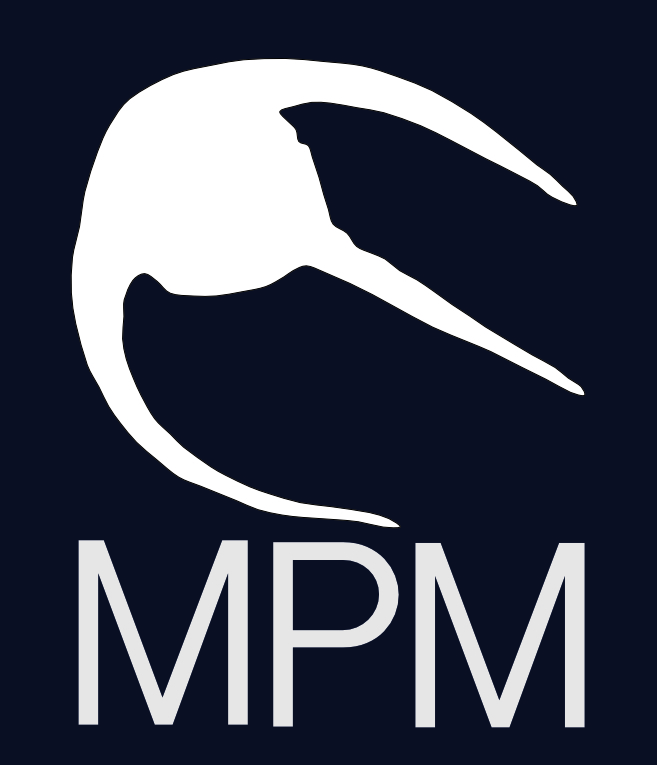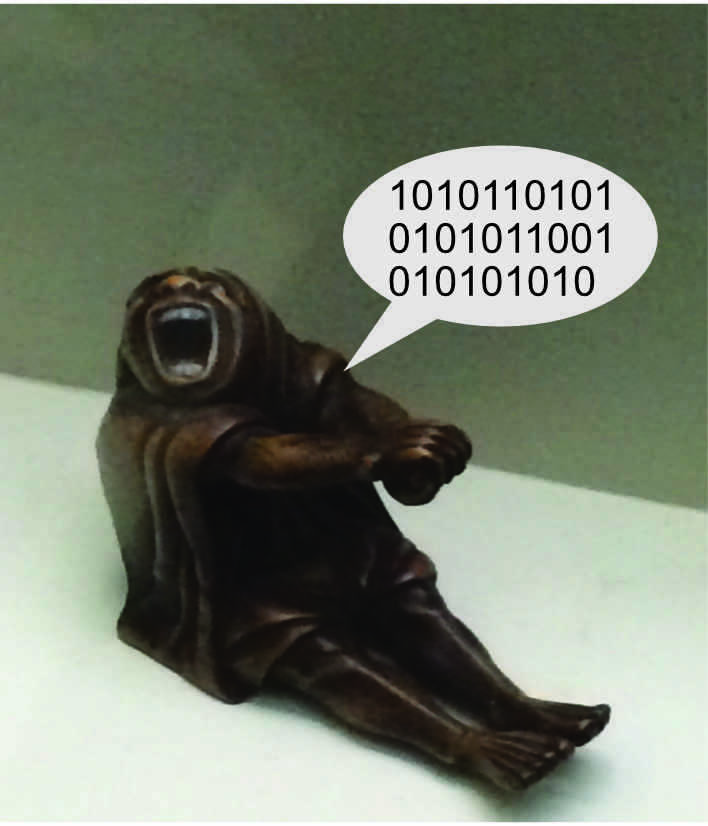Bring on the purple-faced troublemakers: how to turn your biggest opponents into your most treasured allies.
"And another thing!"
Several minutes in, and the politician was still shouting. Loudly. The gist
was: this new project is bound to fail. And by the way, this was all my fault.
I was in the hot seat with two senior project managers watching me as this
elected official gave me the hairdryer treatment. That project? My fault. Those
proposals? My fault too. And the way he was going, the terrible summer weather
was probably down to me as well. Never mind that I was in a neutral role with a
brief to engage with partners with the project in question. Never mind that
some of the responsibility for the potential problems he mentioned were more
within his power to change than mine. This high-powered man continued to rage
at me as my two companions watched ever more quizzically to see what I would
do.
Not all people like change.
You might say change is inevitable, but according to Keith Grint, Professor of
Public Leadership at Warwick University, 75% of change programmes fail on their
own terms. So those skeptical of - or even downright angry about - change may
have a point.
But that's hardly solace to those of us in the environmental planning sector who
want to innovate. The risks of failure can be heightened when there are clashes
of legislative, business, environmental and community interests. With money
ever tighter, it’s tempting to skimp on consultation and engagement. This means
there is a high risk of more time and money being wasted later on as conflict
will inevitably surface and things will go wrong that could have been
identified earlier - if only we'd listened. It’s easy to roll our eyes at the
irate, purple-faced senior engineer or dismiss concerned residents, local
fishermen and environmentalists as NIMBYists and troublemakers. Those worried
about change may well have a less than appealing way of expressing themselves.
It’s oh so tempting to avoid them altogether. But they have valuable
information which they are more than willing to share if we can learn to engage
and listen.
As a seasoned project manager with over twenty years' experience of community
engagement and consultation, I know how a good consultation will clarify issues,
assess risk, create connection and build a pool of knowledge. This feeds into a
dynamic planning process, generating practical solutions to cut down on error
and create the largest possible base of information and ingenuity for problem
solving.
Engaging with people we find difficult is tricky, but not impossible. There are
some simple, though not necessarily easy, skills to make your chances of
successful engagement much higher and turn angry accusations into pure gold.
1. Don't listen. That is, don't listen to insults, assumptions, blame and
judgments in their raw form. Instead, translate them into useful information
about the project. My angry politician said we were a useless rabble that
didn't care about anyone. This is great information! But only when put through our
inner translator. My inner translator guessed that, based on what he'd said, he
cared about the impact of the project in the people he served, wanted
efficiency, to be listened to, and perhaps some clarity about relevant policies
and processes. My inner translator kept me focused and wanting to find out more
rather than going into "fight or flight" mode.
2. Be ignorant. Be without an agenda. Be genuinely curious about what's going
to emerge from your conversation. Concentrate on the person or group you are
engaging with. Can you sit with what's going on with the person? As my
politician raged and banged the table, I noticed and then set aside my own
feelings and focused in on what was happening in the room. Curious about what
was behind the anger, I was able to wait for the table-thumping to end rather
than get defensive about my own position.
3. Be a nobody - be "omni-neutral" and listen first, then test your
best guesses. Avoid submission or aggression, and avoid making assumptions
about what you know. Reflect back what you *think* you heard. You might say
something like: "Have I got it right that what you're saying is...?".
Otto Scharmer of The Massachusetts Institute of Technology puts it this way:
"Suspend your voice of judgment to see the situation through the eyes of
your interviewee. What matters at this point is not whether you agree or not
with what your interviewee is telling you. What matters is that you learn to
see the situation through the eyes of your stakeholder."
4. Do listen. Once my politician had felt heard, he didn't exactly start
singing the project's praises, but he did stop shouting. Instead, he started to
list a number of reasons why the project should not be licensed: We weren't
talking to the right people. There were concerns in the community that the
project would cause adverse impacts. I was able to take valuable questions back
to the project team. Was it worth engaging with more people based on what he'd
said? Were the community's concerns valid and if so how could they be
addressed? Who else could we talk to to find out? And was there a case for
looking for a better mix of experience in the partnership group?
5. Be awkward. Back with your project team, voice the difficult questions
raised. Seek out more people with viewpoints that nobody wants to hear. Teacher
and writer Miki Kashtan argues that people like my politician are potential "elephant
guardians", as in, the person who points out the elephant in the room.
What's the betting that those 75% of change projects that fail on their own
terms had a host of possible elephant guardians who had much of the information
needed for a successful project, if only they'd been heard?
The meeting came to a close. The politician had been able to have his say. I had a list of useful questions for the project team and had passed on some accurate information about relevant legislation and policy that he was unaware of. I had sat with his anger without running away, biting back, going into apologetic mode or blaming others, despite a couple of heated, even personal, attacks. My clients asked me how I was able to “hold my ground”. As well as the points in my listicle above, I'd say it was my fascination with people's viewpoints and understanding that everyone has a part to play in projects that touch them, whoever they are.
While it can be physically, emotionally and even intellectually draining to face people that we don't agree with, progress is possible through skilled engagement and a determination to find the point where our interests meet. Not only that, they are often the people who have the most valuable pieces of information to avoid catastrophe. Just plug in your inner translator first.
Esther Cook MA
Associate Senior Consultant - Social impacts, communication & community engagement
Marine Planning Matters Environment Consulting
References
Grint, Keith “Wicked Problems and Clumsy Solutions”, leadershipforchange.org.uk, August 2007
Kashtan, Miki “Strengthening Collaboration Through Encouraging Dissent”, Psychology Today, March 2016
Scharmer, Otto “Theory U: Leading from the Future
as it Emerges”, Berrett-Koehler, 2016

